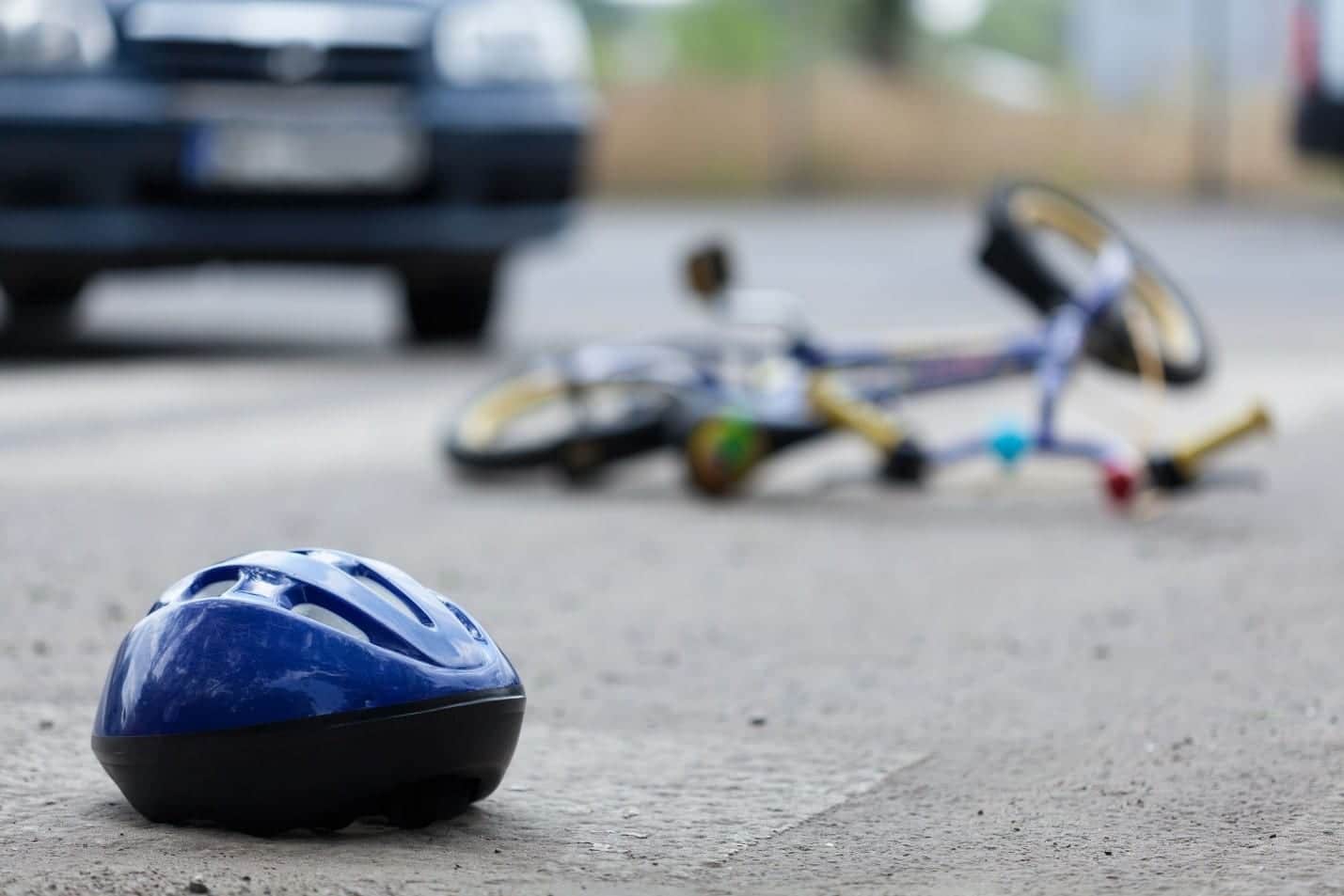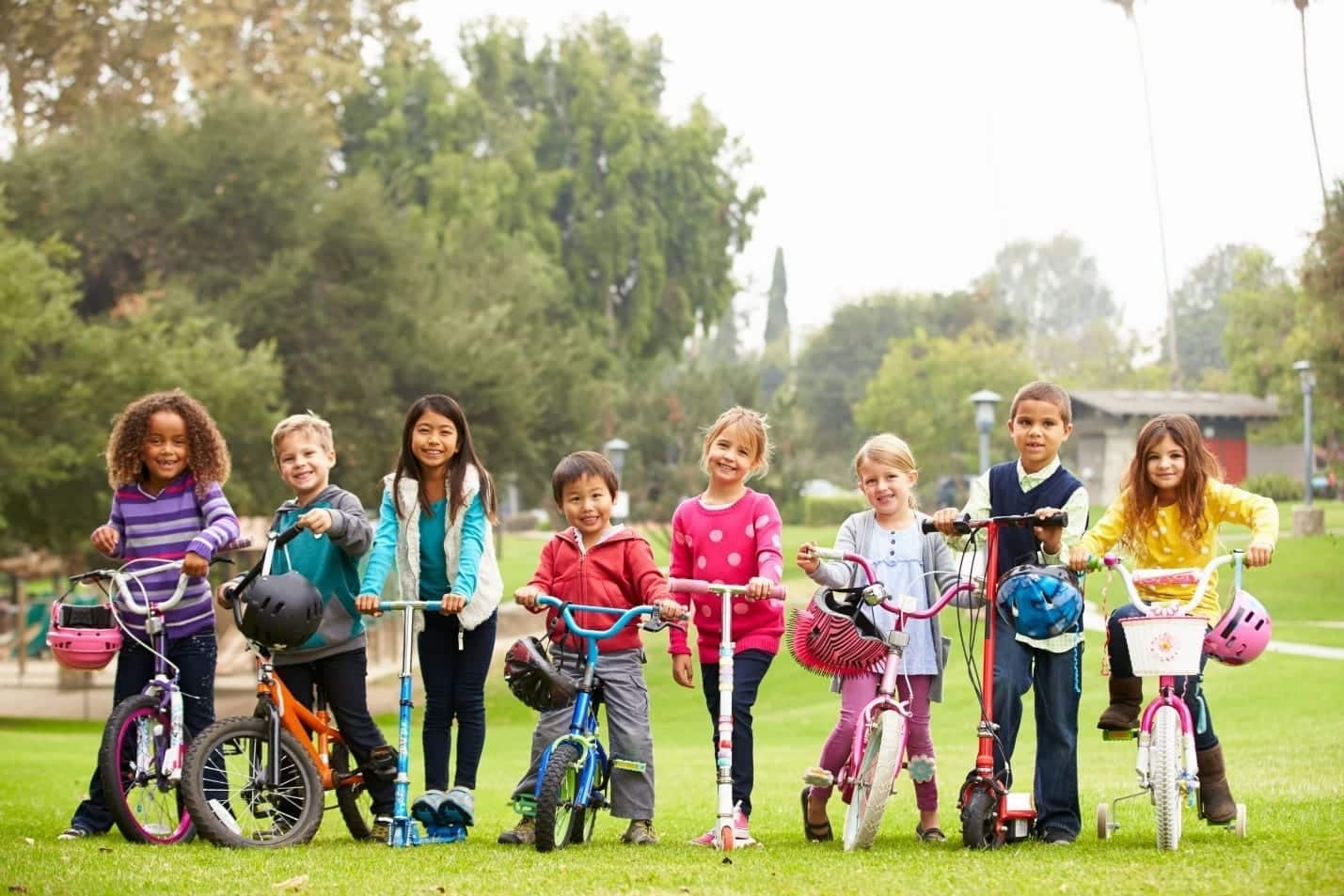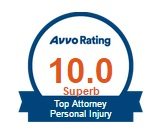If your child received a bike as a present this holiday, you’ve probably already started teaching them certain safety habits. Things like using the appropriate safety gear at all times. Making sure they can be seen at night.
One issue that you should make a large portion of your lessons? Dangerous drivers.
How bad are things here? Florida ranks first among all 50 states for most bicycle fatalities. According to the National Center for Statistics and Analysis, the rate is 6.2 deaths for every 100,000 residents from 2007 to 2016. Additionally, Florida cities rank highest in the nation for per-capita deaths. The cities with the highest bicycle death rates are Tampa-St. Petersburg, Jacksonville, Orlando, and Miami.
The vast majority of these fatalities occur due to accidents between cyclists and motor vehicles. Why does our state have so many biking accidents and deaths?
Several factors contribute to the morbid statistics, including a dense population, a large number of elderly drivers, and tourists who are new to the roads. Alcohol use also plays into the high stats, as well as distracted driving. Texting while driving leads to many accidents, including bicycle accidents.
What can young cyclists do to stay safe from drivers while enjoying a bike ride?
Ride in Designated Areas
The safest place for your younger child to ride his or her bike is the sidewalk. As they gain riding skills, he or she can use the bike lane – if one is available. If riding on the street is the only option, it’s important that your child rides with the traffic and as close to the shoulder as possible.
Use Hand Signals
It’s important to teach your child the proper hand signals for stopping and turning so that he or she can communicate with drivers. Practice the hand signals with your kid before he or she begins riding.
Follow Road Rules
Teach your child the common etiquette for using the road. He or she should not
try to switch lanes unexpectedly or speed through intersections. Your child should also yield to pedestrian traffic. Extra caution is needed when attempting to make a turn, when other vehicles are turning, or when riding near a line of parked cars.
In addition to taking those precautions to help them avoid a car-bike accident, there are also certain things that all riders should do to decrease their chances of injury if they ever are in a crash.
Adjust the Bike Fit
Make sure that your child’s bike is at the right level. As the child stands over the bicycle, be sure that the top bar is between one and three inches away from your child and your child’s feet are flat on the ground. If the bicycle is too small or too large for your child, injuries may be more likely to occur.
Wear a Helmet
A well-fitted bike helmet can reduce the chance of a head injury by up to 45 percent. Despite this, fewer than half of children ages 14 or under wear a helmet. This is utterly unacceptable. Always make sure your child wears his or her helmet when riding in your presence, and do your best to help them understand the importance of wearing a helmet if they are old enough to go off on their own.
Additionally, you should visually and manually inspect your child’s helmet on a regular basis. If the strap is worn, if any damage has occurred, or if your child complains about it feeling too tight, replace it promptly.
Use Reflective Tape
Choose jackets, shirts, and shoes with reflective tape that will make your child more visible in low light. You can also outfit a bike with an LED light if your child will be riding before dawn or at dusk. Your child will be most visible if he or she wears light or bright colors rather than dark colors.
Wear the Right Shoes
Your child needs to wear shoes that will grip the pedals and not slide off. Flip flops and sandals without backs can cause accidents. Cleats and shoes with heels won’t be secure. It’s also wise to not go barefoot. Sneakers with firmly tied laces are the best choice.
Use a Backpack or Bicycle Pack
Train your child not to carry anything in his or her hands. Store items in a bag or backpack instead to leave hands free to steer and apply the brakes.
Perform Regular Bike Inspections
Your child is less likely to get injured if the bike is in proper working order.
Regularly inspect the hand brakes, chains, and pedals. Make sure the tires are inflated well. The seat should fit tightly. Replace parts as needed.
Obviously, cars and drivers aren’t the only dangerous obstacle out there. Also make sure you instruct your child to watch out for common issues that can lead to accidents such as loose gravel, leaves, litter, or wet pavement.
That being said, most crashes not involving motor vehicles tend to be ones that riders can walk away from. When cars are involved, the chances of serious injury – or worse – increase dramatically.
About the Author:
Andrew Winston is a partner at the personal injury law firm of Winston Law. For over 20 years, he has successfully represented countless people in all kinds of personal injury cases, with a particular focus on child injury, legal malpractice, and premises liability. He has been recognized for excellence in the representation of injured clients by admission to the Million Dollar Advocates Forum, is AV Preeminent Rated by the Martindale-Hubbell Law Directory, enjoys a 10.0 rating by AVVO as a Top Personal Injury Attorney, has been selected as a Florida “SuperLawyer” from 2011-2017 – an honor reserved for the top 5% of lawyers in the state – and was voted to Florida Trend’s ”Legal Elite” and as one of the Top 100 Lawyers in Florida and one of the Top 100 Lawyers in the Miami area for 2015, 2016, and 2017.
 Exactly How Safe Are School Buses in Florida?
Exactly How Safe Are School Buses in Florida? 


















